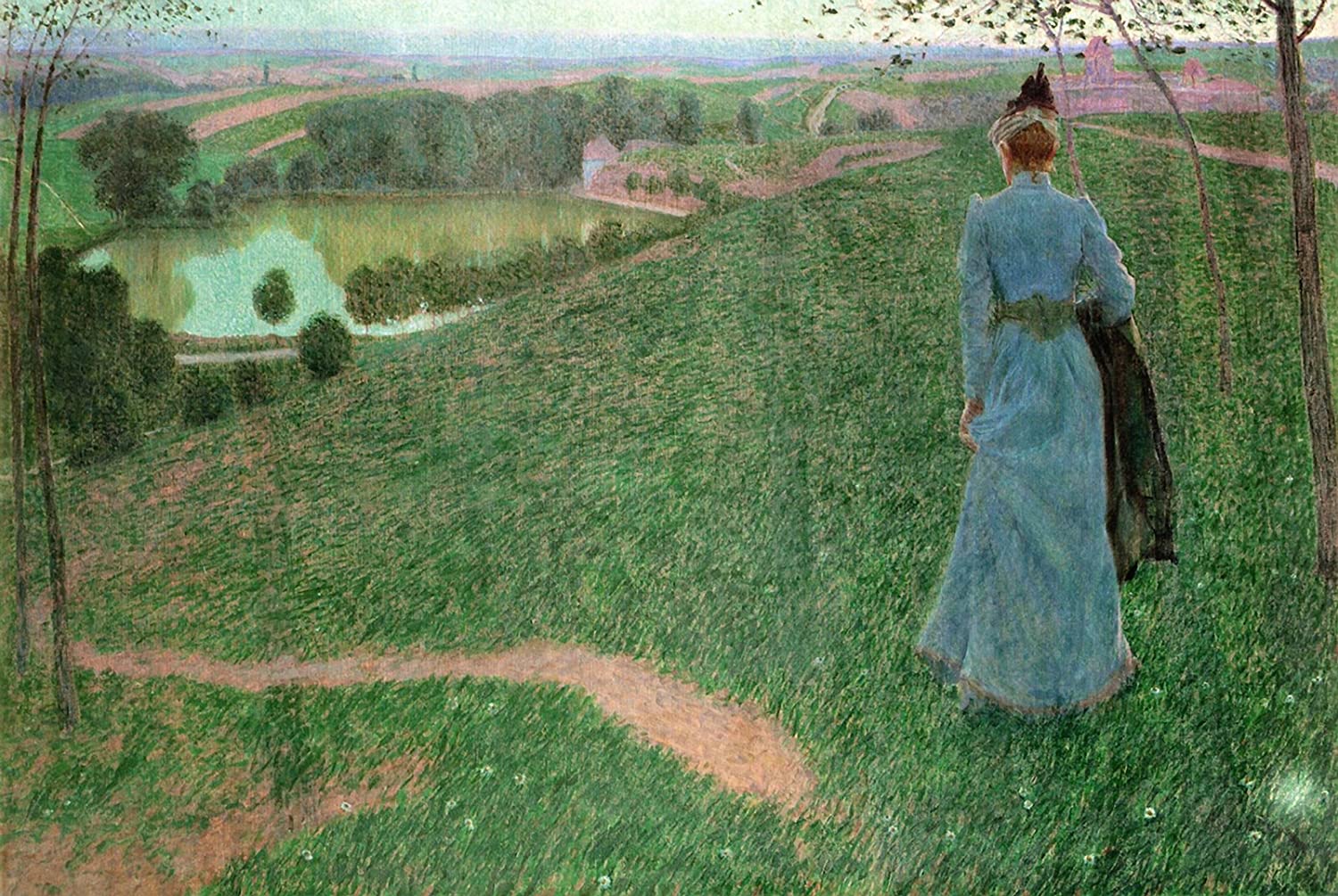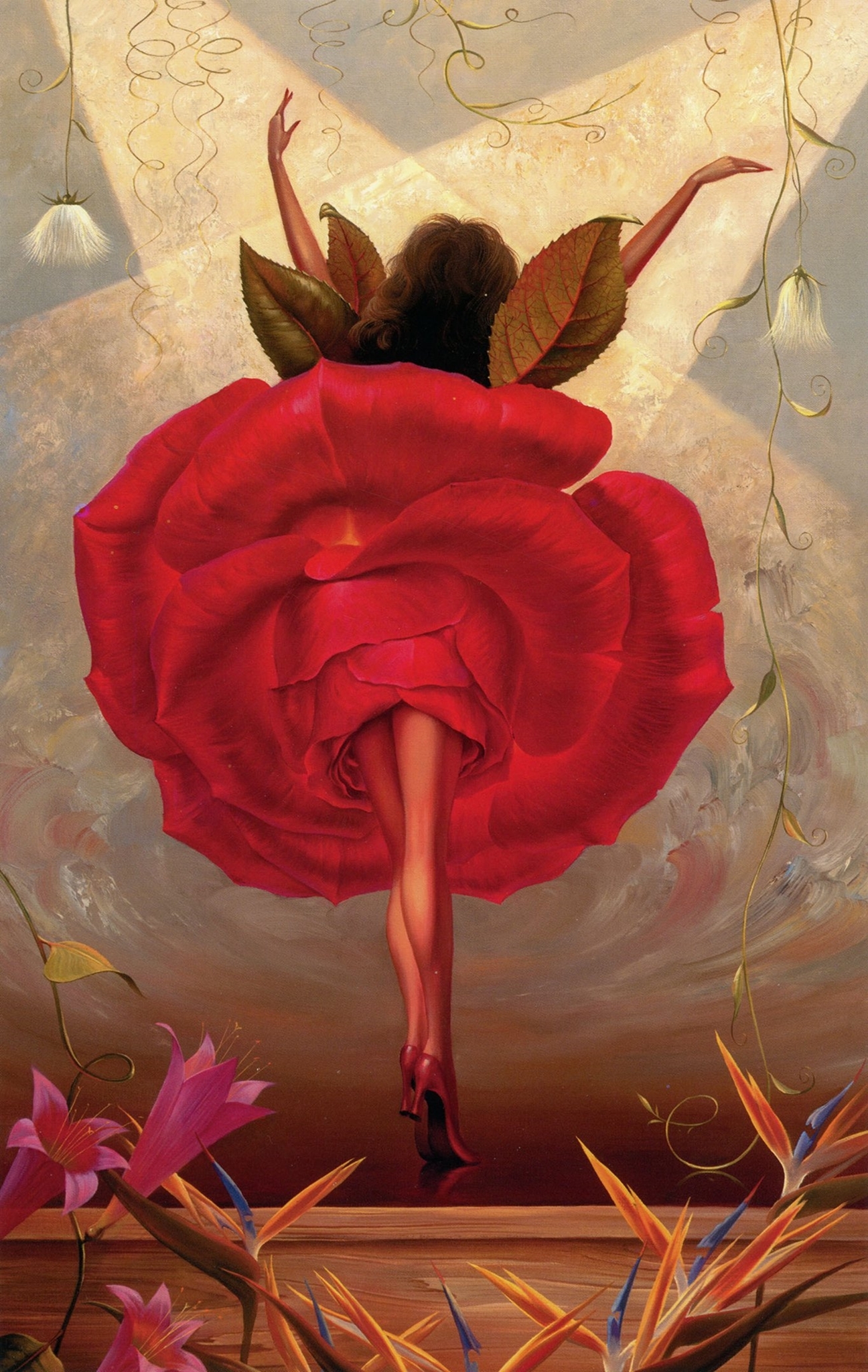Fra Angelico, (Italian: “Angelic Brother”) original name Guido di Pietro, also called Fra Giovanni da Fiesole and Beato Angelico (born c. 1400, Vicchio, republic of Florence [Italy] - died Feb. 18, 1455, Rome), Italian painter, one of the greatest 15th-century painters, whose works within the framework of the early Renaissance style embody a serene religious attitude and reflect a strong Classical influence.
A great number of works executed during his career are altarpieces and frescoes created for the church and the priory of San Marco in Florence while he was in residence there.
San Domenico Period
Baptized Guido di Pietro, he appeared in a document of 1417 as a lay painter. Later, between the years 1420-1422, he became a Dominican friar and resided in the priory of San Domenico at Fiesole, there taking the name of Fra Giovanni da Fiesole.
At Fiesole he was probably influenced by the teachings of Giovanni Dominici, the militant leader of the reformed Dominicans; the writings of Dominici defended traditional spirituality against the onslaught of humanism.








.jpg)



.jpg)
.jpg)







